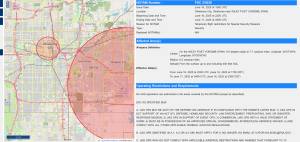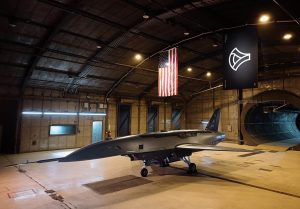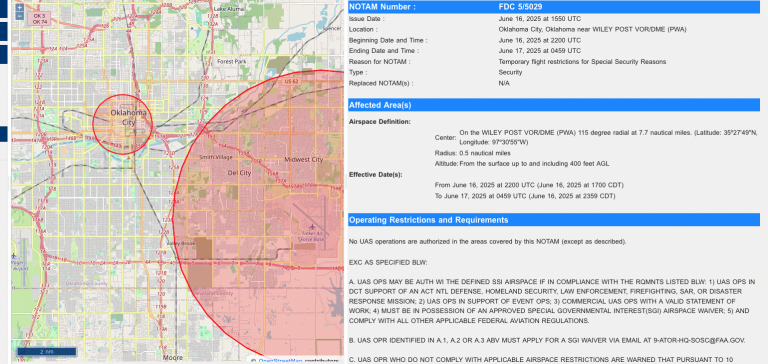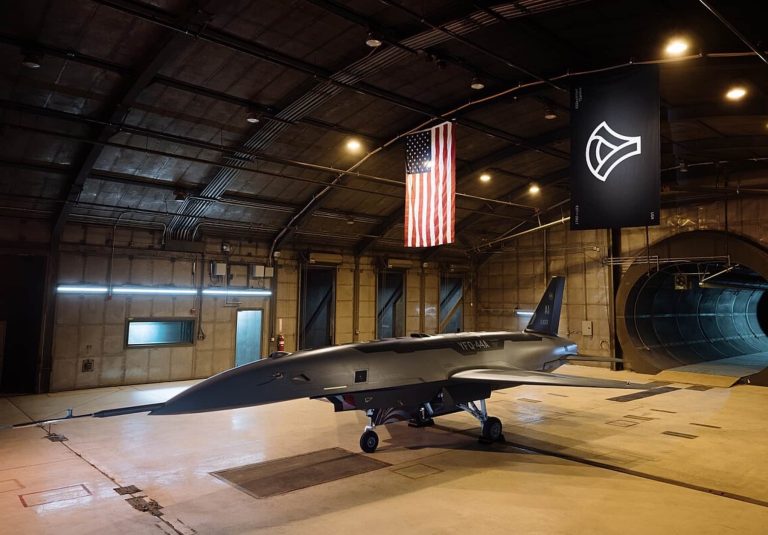The U.S. Navy is rapidly expanding its fleet of unmanned surface and underwater vehicles (USVs and UUVs) to counter emerging threats and reshape naval warfare tactics. According to Reuters, the Navy aims to deploy thousands of low-cost autonomous vessels over the next two years as part of the Pentagon’s Replicator initiative.
Sea Drones Proving Effective in Global Conflicts
Recent conflicts have demonstrated the effectiveness of naval drones:
- Ukraine has used explosive-laden speedboats to attack Russian warships in the Black Sea
- Houthi rebels have targeted commercial and military vessels with drone boats in the Red Sea
- Israel has deployed the 30-foot “Protector” USV to intercept enemy craft and protect its coastline
“Ukraine has shown how effective they can be and how they can be employed in current operations,” said Bryan Clark, a former U.S. Navy officer and advisor on autonomous craft. “The Navy needs to embrace that lesson and field combat sea drones right away.”
Key Advantages of Naval Drones
Sea drones offer several benefits for naval operations:
- Low cost ($1-3 million each) compared to manned vessels
- Ability to operate in high-risk areas without endangering human crews
- Diverse capabilities including intelligence gathering, mine sweeping, and infrastructure protection
- Can act as a first line of defense for manned ships
The U.S. Navy is testing various drone models, including Ocean Aero’s Triton, Saildrone’s Surveyor and Explorer, and Huntington Ingalls Industries’ Remus 300 Underwater drone.

Challenges in Building a Hybrid Fleet
Despite the potential, the Navy faces hurdles in rapidly deploying sea drones:
- Limited budget allocation ($172 million for small/medium drones in 2024)
- Reliance on U.S. or non-Chinese manufacturers in a Chinese-dominated market
- Need for extensive testing and crew training
Sam Gray, executive director of the Silicon Valley Defense Group, summarized the challenge: “It can be fast, cheap, or good. Pick two.”

DroneXL’s Take
The U.S. Navy’s push into unmanned naval vessels represents a significant shift in maritime strategy. As we’ve seen in recent drone technology developments, autonomous systems are becoming increasingly capable and cost-effective. The Navy’s adoption of sea drones could provide a crucial advantage in potential conflicts, particularly in areas like the Taiwan Strait where China has been expanding its own unmanned capabilities. However, the success of this initiative will depend on overcoming budgetary constraints and rapidly scaling up production and deployment of these systems.
Photos courtesy of Ocean Aero
Discover more from DroneXL
Subscribe to get the latest posts sent to your email.




















+ There are no comments
Add yours